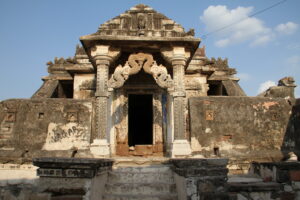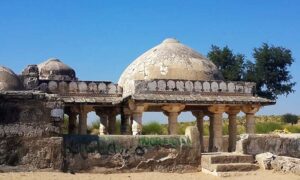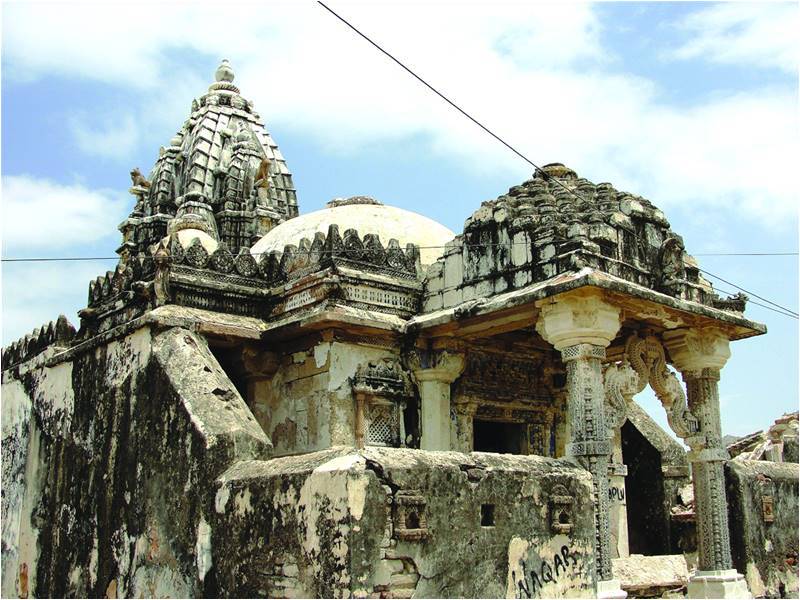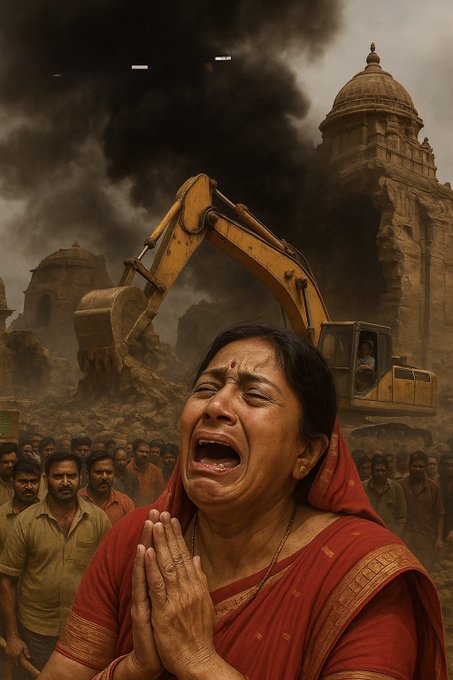Hidden amid the arid landscapes of Sindh, near the mystical Karonjhar Hills in Tharparkar, lies the Karronjar Jain Temple — a centuries-old sanctuary of peace, faith, and fine craftsmanship. Once a thriving center for Jain devotees, this temple is a poignant reminder of the rich religious and cultural diversity that once flourished in present-day Pakistan.
Historical Significance
The Karronjar Jain Temple is believed to date back to the 11th or 12th century, a time when the region of Tharparkar was home to a significant Jain population. The area served as an important trade and cultural hub, connecting merchants, monks, and pilgrims from Gujarat, Rajasthan, and beyond.
The temple is part of a wider network of Jain heritage sites in Nagarparkar, Bhodesar, and surrounding areas — many of which still stand, albeit in various states of preservation. These structures bear silent witness to the peaceful coexistence of communities and the vibrant spiritual life that once existed here.

Architecture and Design
True to Jain architectural tradition, the Karronjar Jain Temple is constructed with local pink granite and is adorned with intricate carvings, floral motifs, and symbolic elements that reflect Jain cosmology. Despite weathering over centuries, the shikhara (temple spire), mandapa (pillared hall), and the sanctum remain strikingly elegant in form and proportion.
What makes this temple particularly unique is its seamless integration into the rugged beauty of the Karonjhar Hills, a site considered sacred by multiple communities. The use of natural stone, detailed artistry, and sacred geometry are testaments to the advanced knowledge and devotion of its builders.

Religious and Cultural Context
Although the Jain community gradually migrated out of Sindh following the Partition in 1947, the spiritual legacy of Jainism remains embedded in the soil of Tharparkar. Local oral traditions still recount stories of Jain saints and practices. The Karronjar Jain Temple, like others in the region, continues to be a site of curiosity and reverence — not only for historians and archaeologists but also for members of the local Hindu community.
During religious festivals, especially those aligned with ancient Jain traditions, some local rituals are observed in honor of the temple’s history.

Preservation and Awareness
In recent years, there has been growing interest in preserving Pakistan’s non-Muslim heritage, including Jain and Hindu temples. The Karronjar Jain Temple has drawn the attention of scholars, heritage activists, and international organizations seeking to document and restore such sites.
Efforts have been made to survey and catalog the temple, though it remains vulnerable to natural erosion and lack of maintenance. Greater awareness, responsible tourism, and government involvement are essential to protect this irreplaceable part of South Asia’s shared heritage.
Visiting the Site
-
Location: Near Karonjhar Hills, Tharparkar District, Sindh, Pakistan
-
Accessibility: Reachable by road from Mithi or Nagarparkar. Local guides recommended.
-
Best Time to Visit: October to March (cooler months)
-
Cultural Note: Visitors should dress modestly and respect the sanctity of the site.
-
Permission: As a heritage site, local authorities or heritage bodies may require prior notice for detailed exploration or filming.
A Sacred Legacy in Stone
The Karronjar Jain Temple is more than just an architectural marvel — it is a symbol of a pluralistic past, a testament to the spiritual and artistic heights once achieved in this region. In honoring and preserving such sites, we celebrate the diversity that has shaped the subcontinent’s soul.






